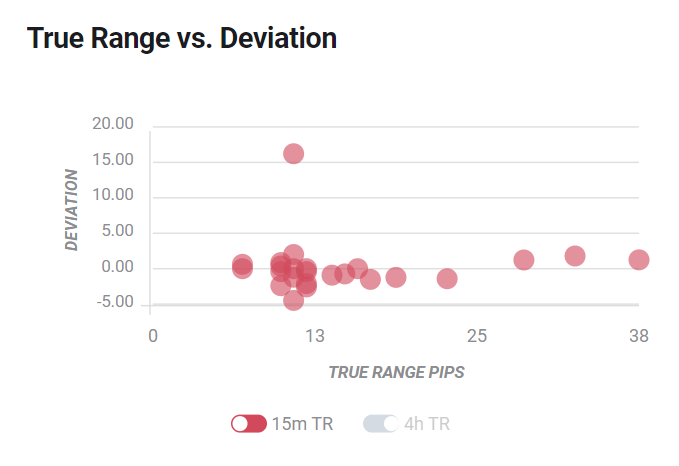When are the UK data releases and how could they affect GBP/USD?
The UK Economic Data Overview
The British economic calendar is all set to entertain trading during the dull hours of early Friday, at 06:00 GMT with July month’s GDP figures for 2020. Also increasing the importance of that time are Trade Balance and Industrial Production details for the stated period.
Having witnessed over 20% contraction of economic activities in the second quarter (Q2), market players will be interested in the GDP figures of the first month of the third quarter (Q3)
Forecasts suggest that the UK GDP will ease 6.7% MoM in July versus +8.7% prior while the Index of Services (3M/3M) for the same period is seen recovered from -19.9% to -19.2%.
Meanwhile, the Manufacturing Production, which makes up around 80% of total industrial production, is expected to rise 5% MoM in July against 11% recorded in June. Further, the total Industrial Production is expected to come in at +4.0% MoM as compared to the previous reading of +9.3%.
Considering the yearly figures, the Industrial Production for July is expected to have dropped by 8.9% versus -12.5% previous while the Manufacturing Production is also anticipated to have declined by 10.5% in the reported month versus -14.6% last.
Separately, the UK Goods Trade Balance will be reported at the same time and is expected to show a deficit of £6.9 billion versus a £5.1 billion deficit reported in June.
Deviation impact on GBP/USD
Readers can find FX Street's proprietary deviation impact map of the event below. As observed the reaction is likely to remain confined around 20-pips in deviations up to + or -2, although in some cases, if notable enough, a deviation can fuel movements over 60-70 pips.

How could affect GBP/USD?
At the press time, the GBP/USD pauses the previous day’s heavy losses while bouncing off a seven-week low. In doing so, the Cable refreshes the intraday high above 1.2820. It should, however, be noted that the pair’s latest pullback becomes minimal while comparing the weekly losses of over 460 pips, the highest in six months.
Although Brexit headlines continue to govern the GBP/USD prices off-late, today’s GDP figures may extend the corrective bounce if flashing any more positive outcomes than already expected. While the easing of the coronavirus (COVID-19)-led restrictions offer hopes of positive reading, the virus wave 2.0 challenges the activity growth. Hence, traders will pay close attention to the key data with expectations of recovering the latest losses. Traders should also be cautious as a major disappointment from data will be very welcomed by the bears already cheering Brexit pessimism.
Technically, 100-day EMA and a six-month-old resistance line, previous support, question the GBP/USD pair’s consolidation amid bearish MACD. As a result, the quote’s another attempt to break the 200-day EMA level of 1.2750 can’t be ruled out. In doing so, the early-July tops surrounding 1.2670/65 will be on the sellers’ radars. Alternatively, a daily close beyond the 100-day EMA level of 1.2830 will have to cross the support-turned-into-resistance, around 1.2875, to regain the power in attacking August month’s low near 1.2985/80.
Key notes
GBP/USD risk reversals slide to 4-month low on put demand
GBP/USD Price Analysis: 100-day EMA probes bounce off seven week low
About the UK Economic Data
The Gross Domestic Product released by the Office for National Statistics (ONS) is a measure of the total value of all goods and services produced by the UK. The GDP is considered as a broad measure of the UK economic activity. Generally speaking, a rising trend has a positive effect on the GBP, while a falling trend is seen as negative (or bearish).
The Manufacturing Production released by the Office for National Statistics (ONS) measures the manufacturing output. Manufacturing Production is significant as a short-term indicator of the strength of UK manufacturing activity that dominates a large part of total GDP. A high reading is seen as positive (or bullish) for the GBP, while a low reading is seen as negative (or bearish).
The trade balance released by the Office for National Statistics (ONS) is a balance between exports and imports of goods. A positive value shows trade surplus, while a negative value shows trade deficit. It is an event that generates some volatility for the GBP.
